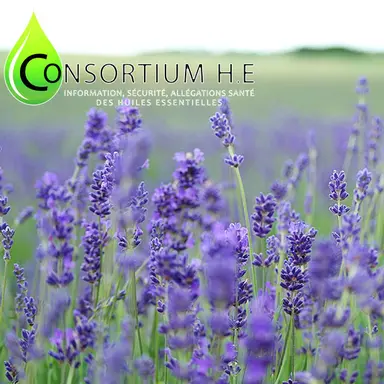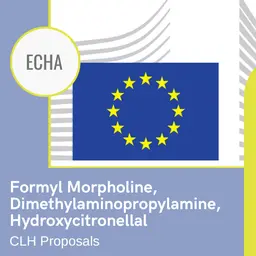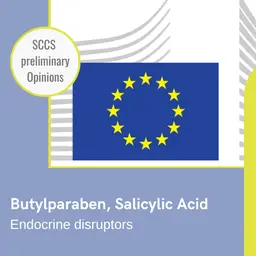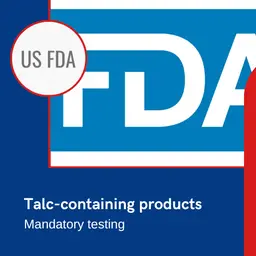
For the past 10 years, the media have widely reported on the potentially allergenic properties of essential oils (EO). While the draft revisions of the European regulations, notably on chemical substances and cosmetics, intend to revisit this subject, the Consortium HE calls on the regulatory authorities to review their position on the grounds that the current framework is no longer adapted.
Between false positives and contradictory studies: the reality of the allergic risk of essential oils is far from what is generally said, says the Consortium HE*. In a press release, it underlines the latest advances in research showing that, taken as a whole, essential oils are safe and that the allergenic risks are poorly understood.
It concludes that the current regulatory framework is no longer adapted, and that “it disproportionately impacts a sector that is a source of jobs, know-how and agro-ecological transition”.
Consortium HE Press release
The safety of EOs
The reality and acuteness of the allergic risk of essential oils is based on studies that are often contradictory and systematically biased on the statistical level since the clinical data are maximising the general population.
For example, a study of 62,354 patients conducted between 2009 and 2014 by the IVDK (Information Network of Departments of Dermatology) (Germany, Switzerland, Austria) and the US/Canadian North American Contact Dermatitis Group (NACDG) showed an extremely low rate of positive reactions (0.3%) for lavender EO and tea tree EO.
Thus, what is often identified as an allergy turns out to be in the vast majority of cases a simple irritation.













